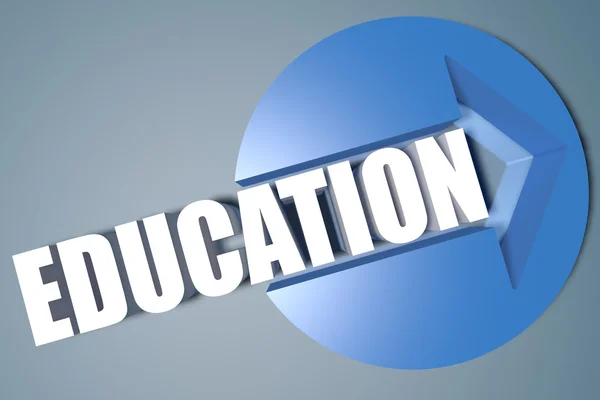
Local School Resources
School-based support is a key component of the efficient provision of education. Discussion The resources profiled in this paper include School improvement help. Graf and academic writing, learning community partnerships, and religious and community Local School Resources, are critical in defining student success. Therefore, by optimizing what is possible, the schools are in a position to offer an even better environment and learning opportunities for every learner.
Local school resources may be classified into the following forms:
1. Academic Support Programs
Exists special programs for students who require extra assistance to succeed academically. Such programs are tutoring, after-school, academic, and enrichment programs.
- Example: A local library supporting schools to provide an after-school facility to help pupils with homework without any charges.
2. Extracurricular Activities
Voluntary academic activities such as games and agriculture, music, and art make students develop other talents that are of interest to them and learn other critical life skills.
- Example: In high school, mainly an extracurricular activities group of students involved in organizing music concerts with the assistance of other musicians once a year.
3. Community Partnerships
School–community collaborations allow education to be supported through financing and knowledge sharing as well as be enriched through learning partnerships.
- Example: An IT firm donating laptop computers to deprived schools so as to improve the contact of students with computers.
4. Parent Teacher Associations (PTA’s).
PTAs help bring together parents and teachers. They fundraise for school activities, work on voluntarism, and conduct activities of other school events.
- Example: A PTA arranging for a school fundraiser to acquire playground equipment.
5. Responsive Classroom and Counseling Services
Counseling services and iPods with facilitated group peer support help students succeed and grow emotionally and socially.
- Example: A nonprofit that will be providing free mental health workshops for students as well as staff members in the school.
6. Facility Enhancements
School maintenance and renovation improve health and learning conditions through appropriately constructed school structures.
- Example: A SCU excellent initiative whereby fans are involved in the renovation of a school’s dilapidated science laboratory.
Look video for more information about this topic
Why Local School Resource Supplies Concern
Improved Academic Outcomes
availability of quality resources enhances students’ performance Among the findings enlightened from this research and thus cope with the thesis are as follows; For example, the excellence in academic support programs that assist student learning and which may be targeted at narrowing achievement disparities have been noted.
Stronger Community Ties
It is agreed that local resources help schools and communities establish working partnerships. Such a link fosters trust and shared responsibility for students’ performance between the students and the tutor.
Holistic Development
Tackling both literate and non-literate needs, local resources help students be ready for future problems.
Experiences in the Acquisition of Local Materials
1. Funding Limitations
The amount of money that schools receive fails to provide both basic and necessary programs and facilities.
2. Unequal Resource Distribution
There are schools in some areas where they’ll get poor quality resources thus; education equality is compromised.
3. Community Engagement
Citizens’ low participation may affect the efficient use of school resources targeted at the community. Stakeholder management involves taking time to communicate with them and ensure you keep on updating them.
Local Texts on How to Obtain Optimum Results
1. Build Partnerships
The organization focus that most schools should embrace entails partnerships with other organizations within the community by sharing resources as well as knowledge.
- Example: A program of cooperation with universities located in the same city for student tutoring services.
2. Encourage Volunteerism
Parents and alumni can also be involved in the following volunteer jobs at the school;
- Example: Organizing book reading sessions by parents who see young learners struggling with some fluency.
3. Apply for Grants
During the period under review, grants have become a source of extra and often essential funding for many schools to finance additional programs and improvements to the building stock.
- Example: A school asking for the grant of an arts education to support new theater.
4. Promote Transparency
Reporting back to the community about the usage of the resources helps to ensure that the support base increases.
- Example: A monthly report on how funds are applied to improve learning processes.
Conclusion
Forges work for students as well as for neighborhoods – this is why local school resources are so important. In other words, it is possible to develop broad learning contexts with different types of support from academic programs, community, and counseling services. Challenges such as inadequate funding and imbalance in resource distribution are well known to call for innovation, cooperation, and endurance. Educators, parents, and local organizations can play a part in ensuring that schools succeed in fostering the proper growth of children and creating better lives.






One thought on “Local School Resources: Unlocking Student Potential”